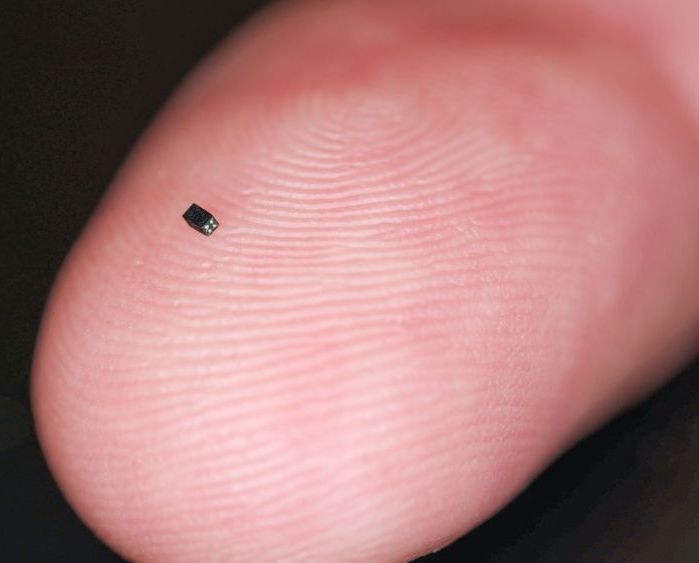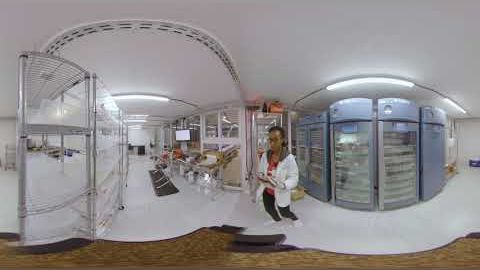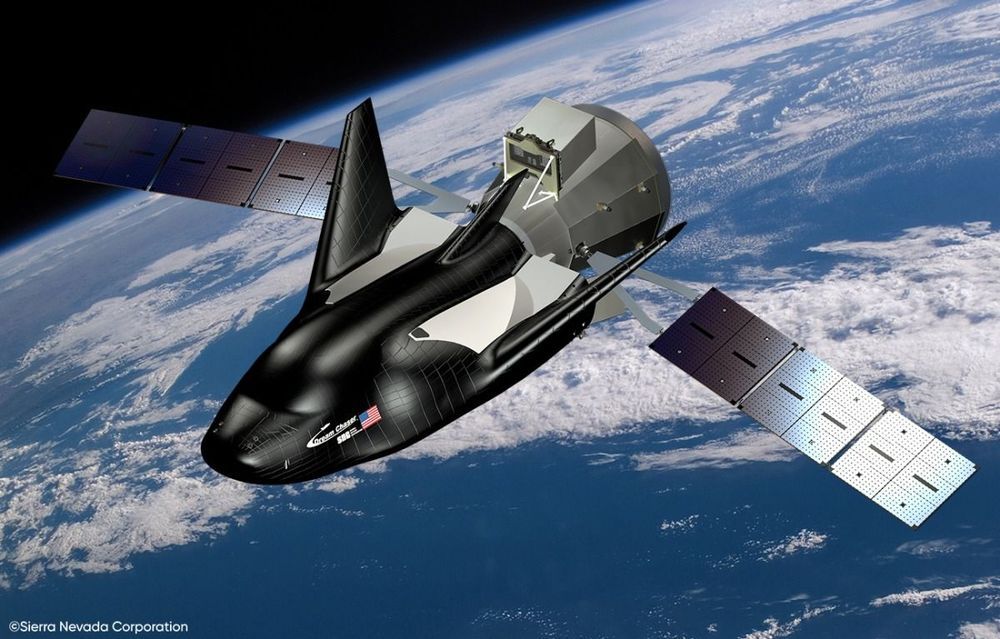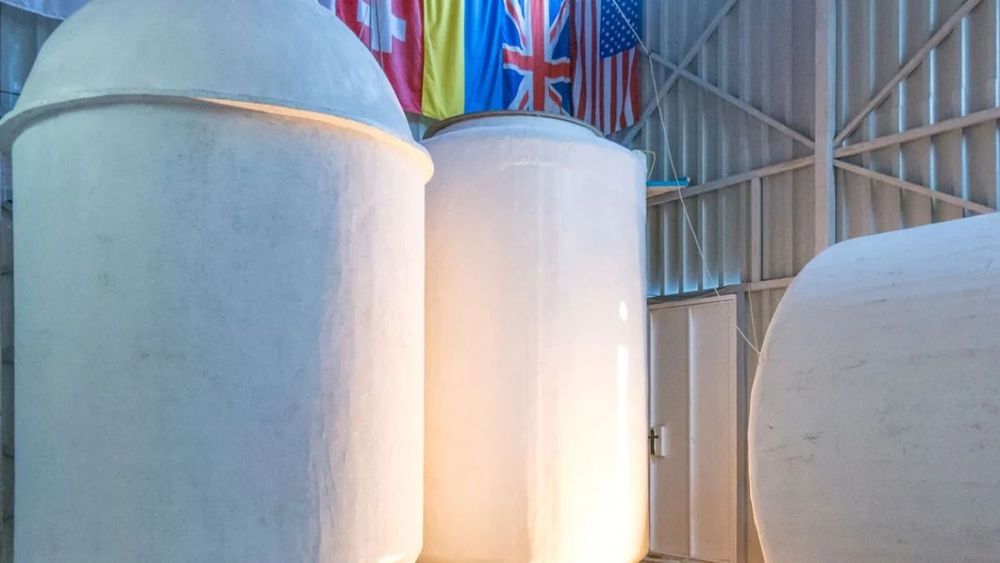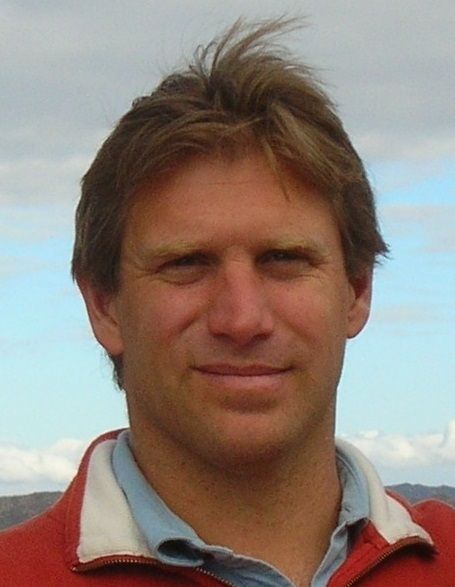It was only a matter of time.
Lannett Company, Inc. (NYSE: LCI) today announced that the U.S. Food and Drug Administration (FDA) has approved the New Drug Application (NDA), submitted under the 505(b) regulatory pathway, for Cocaine Hydrochloride (HCl) Nasal Solution 4% (40 mg/mL), the company’s branded local anesthetic product.
PHILADELPHIA, Jan. 13, 2020 /PRNewswire/ — Lannett Company, Inc. (NYSE: LCI) today announced that the U.S. Food and Drug Administration (FDA) has approved the New Drug Application (NDA), submitted under the 505(b) regulatory pathway, for Cocaine Hydrochloride (HCl) Nasal Solution 4% (40 mg/mL), the company’s branded local anesthetic product.
“The FDA’s approval of our Cocaine HCl product, the first NDA approval to include full clinical trials in the company’s history, marks a major milestone in Lannett’s 70+ years of operations,” said Tim Crew, chief executive officer of Lannett. “We believe the product has the potential to be an excellent option for the labeled indication. We expect to launch the product shortly, under the brand name NUMBRINO®.”
NUMBRINO® (cocaine hydrochloride) nasal solution is an ester local anesthetic indicated for the introduction of local anesthesia of the mucous membranes for diagnostic procedures and surgeries on or through the nasal cavities of adults. The 505(b) NDA submission was supported by two Phase III, randomized, double-blind, placebo-controlled, multicenter studies in several hundred patients, as well as a Phase I pharmacokinetic study.
Analysts are bullish on the company’s newly appointed CEO, Sundar Pichai. In a surprise announcement in December 2019, Alphabet founder Larry Page announced plans to step down as CEO, along with co-founder and president Sergey Brin.
Here’s the Hummer HX electric SUV/truck. It’s envisioned as being able to compete with and beat the Tesla Cybertruck, but can Hummer really make a comeback?
The Hummer HX is a two-door off-road concept compact SUV that was revealed at the 2008 North American International Auto Show by General Motors. It has now resurfaced as the possible design direction GM will take with the upcoming electric Hummer.
OmniVision OV6948 makes it into Guinness Book of Records and will save lives in the hands of surgeons.
Writing in Nature, researchers describe the first-time observation of ‘self-organized criticality’ in a controlled laboratory experiment. Complex systems exist in mathematics and physics, but also occur in nature and society. The concept of self-organized criticality claims that without external input, complex systems in non-equilibrium tend to develop into a critical state far away from a stable equilibrium. That way, they reinforce their own non-equilibrium.
Systems that are at first glance quite different, like the dissemination of information in social networks or the spread of fire or disease, may have similar characteristics. One example is an avalanche-like behaviour that reinforces itself instead of coming to a standstill. However, these complex systems are very difficult to study under controlled lab conditions.
For the first time, researchers from the European Centre for Quantum Sciences (CESQ) in Strasbourg, in collaboration with researchers from the universities of Cologne and Heidelberg and the California Institute of Technology, have succeeded in observing the most important features of self-organized criticality in a controlled experiment—including universal avalanche behavior.
With 360 video, IEEE Spectrum takes you behind the scenes with one of the world’s first drone-delivery companies. Zipline, based in California, is using drones to deliver blood to hospitals throughout Rwanda. At an operations center in Muhanga, you’ll watch as Zipline technicians assemble the modular drones, fill their cargo holds, and launch them via catapult. You’ll see a package float down from the sky above a rural hospital, and you’ll get a closeup look at Zipline’s ingenious method for capturing returning drones.
You can follow the action in a 360-degree video in three ways: 1) Watch on your computer, using your mouse to click and drag on the video; 2) watch on your phone, moving the phone around to change your view; or 3) watch on a VR headset for the full immersive experience.
If you’re watching on an iPhone: Go directly to the YouTube page for the proper viewing experience.
Sierra Nevada Corp. is on track for a 2021 launch debut of its robotic Dream Chaser space plane, even as the firm shoots for the moon under NASA’s Artemis program, company representatives said during a media call last week.
The freezing procedure, called cryonics, costs $36,000 for a whole body and $15,000 for the brain alone.
Share on facebook tweet snapchat share reddit email comment.
Friends, I’m excited to say today is the day! I have a brand NEW book out and it’s FREE only today on Amazon. It’s called Please download a copy right now and save $7.99 today while it’s free. And please share with your friends! This books tells the tales and episodes of transhumanism and the longevity movement. Many major figures are in it:
Enter your mobile number or email address below and we’ll send you a link to download the free Kindle App. Then you can start reading Kindle books on your smartphone, tablet, or computer — no Kindle device required.




